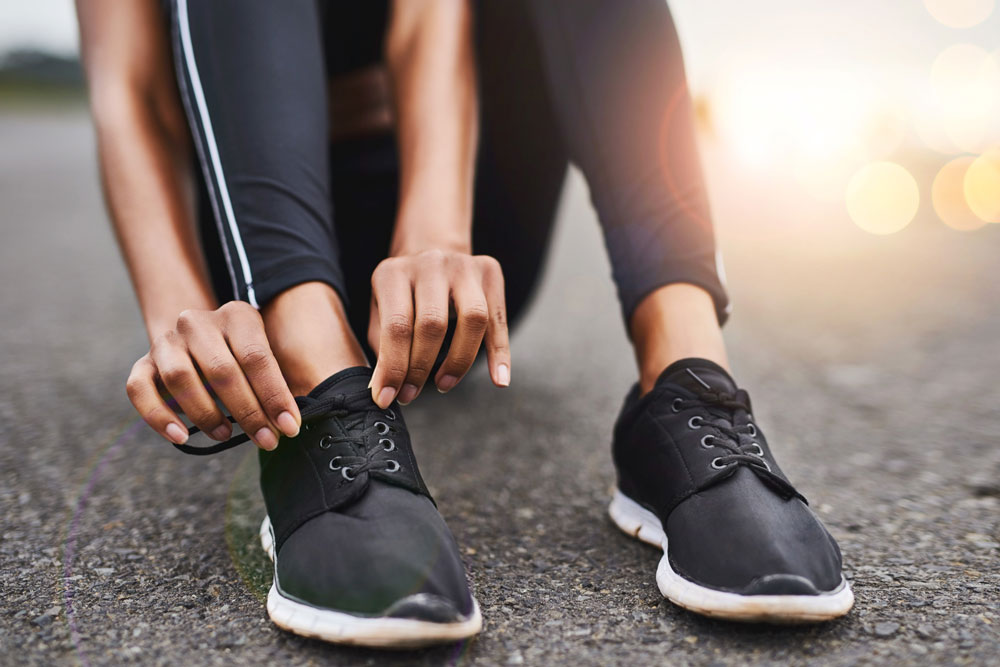by Doug Rich, PT, OCS, CHT | Red Mountain
Dehydration is not limited to hot weather or intense physical activity. It can occur during daily routines and affect anyone, regardless of the environment. Recognizing the signs and symptoms of dehydration, such as headaches, dry mouth, dark urine, and fatigue, is essential for intervention. Dehydration is commonly defined as a harmful reduction in the body’s water.
Symptoms of Dehydration
The symptoms that we experience during dehydration can vary depending on the person. Still, most of us experience some common offenders, including a headache, dry skin, darker or yellower-colored urine, and dry mouth. Some other common signs and symptoms include the following:
- Dry mouth
- Headaches
- Increased thirst
- A low volume of urine with a darker yellow color than normal
- Tired or sleepy
- Dry skin
- Dizziness
- Muscle cramping
Recommended Daily Water Intake
How much water should you drink each day to keep your body hydrated? That is a question we are asked weekly at Foothills Sports Medicine. The answer to this can and will vary with almost every individual. Activity, size, environment, age, medications, and type of fluids can all affect how much fluid you need to take daily. When pushed, most physicians say you need 8 to 10 glasses of water daily.

Other common questions include:
- How do my shape and size affect what I need?
- What if I sweat a lot?
- What if I take diuretics?
- What if I work out a lot?
One rule of thumb you can use is to drink half your weight in ounces of water daily. If you weigh 100 pounds, then, most likely, 50 ounces of water a day is enough. If you weigh 160 pounds, then 80 ounces is probably enough. Even then, no answer will be perfect for everyone.
Hypothalamus Function and Location
What part of the brain controls thirst? Our body has a built-in thirst regulator called the hypothalamus that kicks in when it feels the body’s water levels are becoming too low. It will tell us we are thirsty and need to drink something. You might think, ‘Great, I will simply drink when I’m thirsty, and I will be okay.’ But that isn’t exactly the case.
If you take around 60 ounces of water and are not very active, you are probably okay. However, if you drink caffeinated beverages, you will not get the hydration necessary to function. Caffeine is a diuretic, so you will counteract whatever hydrating fluids you drink. Even then, it isn’t that simple.
The hypothalamus tends to quit working as well in our later years. As your hypothalamus becomes less responsive, you will not feel thirsty as often. In these cases, people tend to hydrate when they feel dry mouth, also known as cottonmouth. Unfortunately, a small sip of water can rid this symptom while not being enough to replace what your body is actively losing.
Patients often say they drink water consistently throughout the day. However, if they only take sips of water all day, they are hardly getting enough fluid. A hydration tip I give patients is to try drinking out of something measurable, such as a 32-ounce water bottle, and see if they can drink two of these in a day. Unfortunately, many patients find out they drink way less than they thought.
Effects of Dehydration on the Body
A cardiologist friend of mine calls dehydration the “80-year-old dropout.” Patients are admitted to his ER complaining of dizziness, slurred speech, rapid heart rate, elevated blood pressure, and sometimes have passed out. The patient would immediately have been put on a saline drip after being transported to the hospital and about three hours later would be ready to go home feeling normal and healthy.
Due to the commonality of this event, the doctor began looking at echocardiograms he ran on many of these patients when they were first emitted. The results: the heart and major arteries had shrunk down. However, echocardiograms ran later in the day, after the patient had been on IV saline solution, and showed normal heart and artery size.
He explained that the heart and arteries’ shrinking and the blood’s thickening were all due to a lack of water. In response, the arteries would then squeeze down as the heart begins to pump faster, attempting to increase the pressure to move the thicker blood. This can become so severe that a person cannot get enough blood to their head, leading them to pass out. So, to avoid this and the IV of saline solution, stay hydrated as best you can!
How To Tell If You Are Dehydrated: The Skin Test
By pinching the skin on the top or backside of your hand, you can easily check whether you should be drinking more water. You are less likely to dehydrate if your skin returns to a quick, smooth position. However, if your skin slowly goes back flat to your hand and leaves a crease for a few seconds, it’s probably time to find some water.
We hope this information on dehydration and the accompanying hydration tips help you stay active and healthy this summer! If you’re experiencing pain keeping you from being active, we can help. Please schedule an appointment with us to get started.






